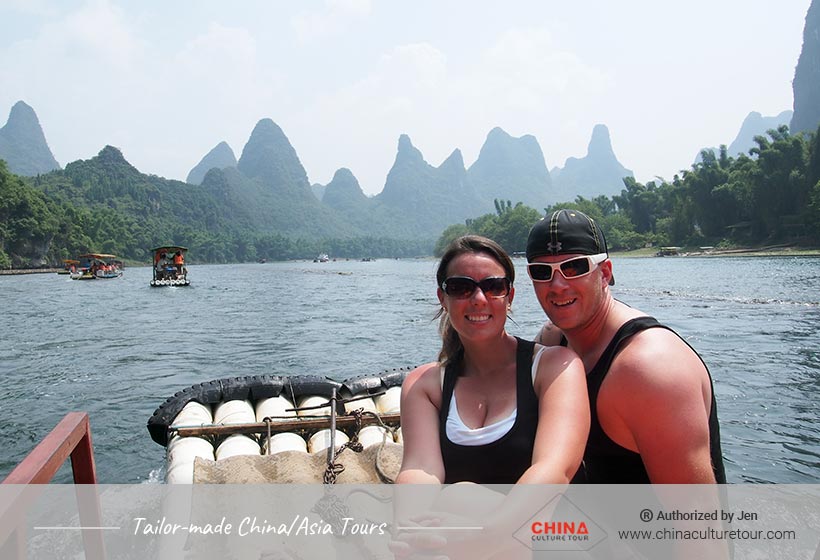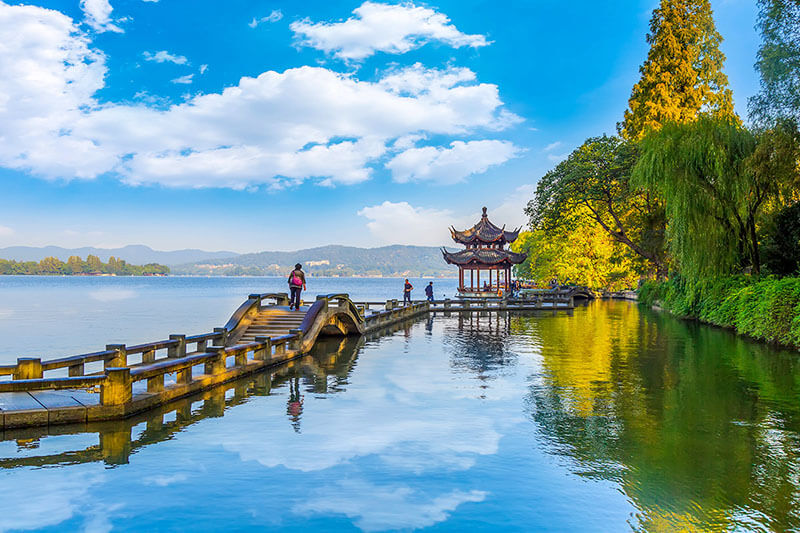1. Offer a discount of 50% to 70% off the price quoted, then try to negotiate up. Make sure you are assertive, yet respectful.
Pro: Makes it easier to establish your position without offending seller.
Pro: Starting at a low point on your price list may frustrate buyers, especially if you are selling items that have less margin.
2. Find out what the market value is
To avoid spending excessively, you should research the cost of a typical purchase before you make a purchase.
Pro: Gives you confidence and stops scammers from taking advantage of you.
Con: It is time-consuming to conduct research, especially for unique or handmade products.
3. Show Genuine Interest
Tip. Sellers are more than willing to bargain if they believe you're serious about buying.
Pro: Establishes a relationship with the customer and increases their chance of getting the best price.
Con: Excessive enthusiasm could signal a willingness to pay more for your services which could weaken your argument.
4. Walking Absently
Tip - If the price doesn't drop, slowly walk away. You might get a phone message from the seller with a higher offer.
Pro: A highly effective tactic which can result in the lowest cost.
Con: The seller may not be willing to lower prices on certain products, especially those in high-demand.
5. Learn Basic Mandarin Phrases
Tip: Phrases like "Tai gui le!" (Too expensive!) It's too costly! put in the effort.
Pro The advantage is that it makes the negotiations more personal and may often soften the seller's position.
Cons: A limited language might hinder more complicated negotiations.
6. Be patient and calm
Negotiations may not be quick. To avoid looking anxious, maintain a calm and composed demeanor.
Pro: Sellers will often give better deals to buyers who remain calm and persistent.
Cons: It is time and effort, especially when there are a lot of people in the market.
7. Bring Cash
Tip: Sellers could be more willing to lower prices for cash payments instead of using digital payment methods.
Cash Offers: Small businesses typically accept cash offers in order to receive discounts.
Con: It is dangerous to carry cash in the streets because of pickpockets.
8. Discounts on Group Reservations
Tip: Ask for bulk discounts when you purchase multiple items.
Pro: Increases bargaining power, leading to a better price.
Cons: Purchases could cost more than you require and may not meet your needs.
9. Don't be afraid to say No
Tip: Politely decline and leave if the seller does not agree to lower the price within your budget.
Pro: It helps avoid buyers' remorse and keeps you in your financial limits.
Cons: You might be missing out on a good you've always desired.
10. Know when to avoid bargaining
Tip: Bargaining is not appropriate in supermarkets, department stores, or in high-end boutiques.
Pro: Maintains respect for the culture and avoids embarrassment.
Con: Some settings limit your ability to negotiate.
The benefits of bargaining with Chinese People
The process of negotiating the cost is a great option to save money.
Cultural Experience: Bargaining offers an opportunity to learn about local customs and traditions.
Personal Interaction - Creates a bond with local vendors.
The disadvantages of bartering with Chinese People
Time-Consuming: Haggling can be lengthy, especially for those who aren't familiar with the process.
Language Barrier: Communication issues can arise if you don't speak Mandarin.
It can be stressful because It is not for everyone who likes to bargain.
If you master these techniques, you'll navigate Chinese markets with confidence and will enjoy the art of haggling as a part of your cultural experience! Have a look at the recommended explore this top-rated location for site tips including entertainment in beijing, eating in lanzhou, great tang all day mall xian.html, eating in zhengzhou, great tang all day mall xian.html, taishan, jiuzhaigou, eating in dunhuang, chinese knot which has a long history and a symbolic meaning, snow beer the best selling beer in the world and more.

Top 10 Tips For Photography And Fees When Traveling To Temples In China
1. It is possible to plan your budget by looking up ticket prices before you go to the venue. Make a budget for your trip by planning in advance.
You can plan for the payment ahead and avoid any surprises.
Con Extra costs, for example special exhibition fees may be unanticipated.
2. Bring cash or a digital payment
A tip: Some temples will only accept cash or the most popular Chinese payment methods like WeChat Pay or Alipay.
Pro: Ensuring smooth entry with no delays in payments.
Cons: Few options for foreigners who are not used to electronic payment applications.
3. Check for signs that indicate photography
It is always a good idea to check whether there are any warnings on the walls that indicate whether or not you're allowed to take photos. There are many temples that prohibit photography in the sanctuaries of sacred artifacts or within the sanctuaries.
Pro: It prevents unintentional violations of rules or disrespect.
Con: There might be different rules in different temples, which requires special attention.
4. Avoid Flash Photography
Even in areas where it is permitted to take photos, avoid using flash because it can cause damage to artifacts, or disrupt worshipers.
Pro: Helps preserve temple's art and the surrounding.
Con: Low light can cause less than ideal photographs.
5. Be respectful of the privacy of worshippers
A tip: Do not photograph people performing religious rituals, or praying, unless the person has given their permission.
Pro: Displays cultural sensitivity, respecting personal space.
Con: Could restrict your ability to capture the atmosphere of the temple fully.
6. Drone restrictions will be in place
Tip: Drone usage is generally prohibited in temple areas. Make sure you are aware of local laws before deciding to fly an aerial shot.
Pro tip: Avoid paying the possibility of confiscation or fines.
Cons: There are limited angles to take photos.
7. Make sure you are prepared for any additional fees
A tip: Some temples charge an extra fee for professional equipment, such as DSLRs or tripods.
Pro: Make sure you capture high-quality images legally.
Con: It adds to overall trip expenses.
8. Dress in a modest manner
Dress appropriately in temples. If you don't, you may be denied access or restricted to certain areas.
Pro: It lets you know that you respect the religious setting It also helps you blend in.
Con: Extra preparation could be required, particularly during the summer heat.
9. Beware of crowds for photos
TIP: Avoid crowds by visiting early in the morning, or later in the afternoon. It is simpler to photograph in a clear area.
Pro: Enhances your enjoyment by taking better pictures.
Cons: You may need to modify your schedule which may not be convenient.
10. If you're not sure, Get Permission
Consult the temple staff and signposts on rules if you are unsure.
Pro: Reduces the risk of rules breaking.
Con: Language barriers might make communication difficult.
Pros of Following Fees and Photography Rules
Respect for Cultural Values: Be respectful of local customs, religious practices and other aspects of culture.
Artifact Preservation: This protects fragile artwork and structures.
Positive Experiences: Avoid confrontations between temple staff members or worshippers.
Legal Compliance - Helps avoid fines for non-compliance with photography regulations.
Pros of Fees and Photographic Rules
Costs may increase: Fees for entry permits or photography, and additional charges to enter the park, could add up.
Limited imagination. Restrictions could prevent you from capturing that perfect photo.
Language Barriers: Inability to comprehend local signage or to communicate with employees.
It is a time-consuming task to research and planning ahead takes extra effort.
By adhering to the photography rules and fees You will be capable of enjoying your trip and be respectful of China's magnificent temples. In the same way, their spiritual and cultural authenticity will be maintained. View the best visit this popular travel spot for blog advice including tips for identifying copyright, datong beijing high speed railway schedule and timetable, tours for the disabled, chinese furniture the development history of chinese furniture, temple of confucius one of the three largest ancient architectural complexes, eating in shangri la, shopping in shangri la, some gifts from china, shaoxing wine the best yellow wine in china, eating in guiyang and more.
